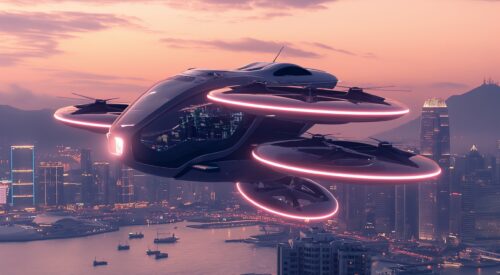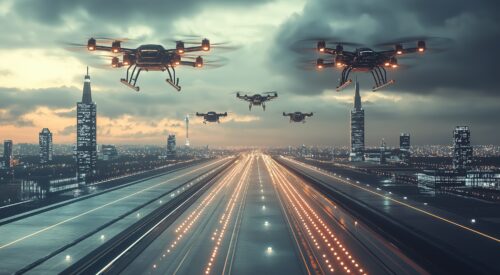Research
What Can UAM Operators Do to Ensure They Gain Passengers’ Acceptance of Air Taxis?
Communicate, communicate, communicate
A study conducted by the German Aerospace Center (DLR) reveals what is and isn’t important to gain passengers’ acceptance of urban air mobility (UAM) air taxi services. While the flights were simulated, the sentiments expressed were real. The researchers set up a mixed reality (MR) Air Taxi Simulator merging a real-world environment with a computer-generated…






